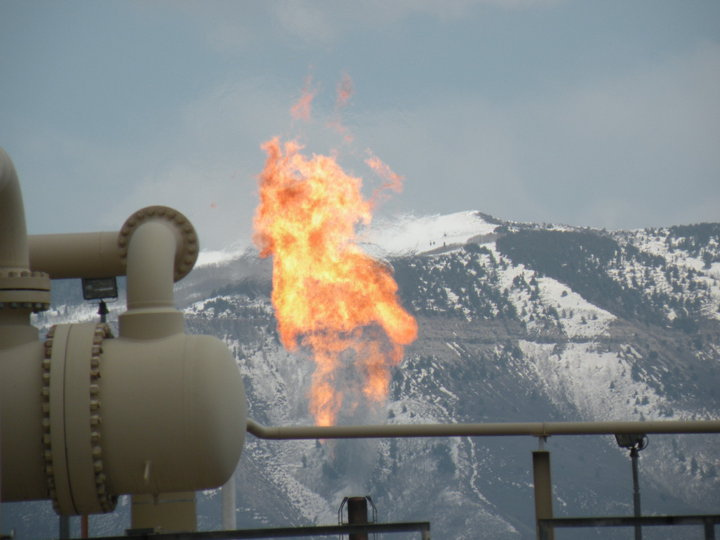
Of particular interest to taxpayers is an update to the Bureau of Land Management’s (BLM's) regulation of methane waste on federal lands, including addressing lost royalties. Significantly, this proposed rule could apply to existing sources (unlike EPA's), as the Federal Land Policy and Management Act requires BLM to “minimize adverse impacts to public lands and the environment.” Updating BLM’s decades-old standards for methane venting and flaring is critical to ensuring that taxpayers receive a fair return for natural resources developed on these lands. BLM is expected to release a proposed rule this spring.
In our recent report, Burning Money: Updating Rules for Oil and Gas Loss on Federal Lands, TCS examined the cost to taxpayers of uncollected royalties on natural gas extracted from federal lands as a result of existing waste prevention rules. The report looks at how the lack of incentives to avoid emissions of methane into the atmosphere reduce revenue and create additional liabilities for federal taxpayers. We found that federal taxpayers lost in excess of $380 million from 2006 through 2013 on gas extracted from onshore federal leases as a result of existing royalty relief for “beneficial purposes” and “unavoidably lost” gas.
Read the rest of TCS’ findings and recommendations on natural gas extraction on federal lands in our Burning Money report: View/Download here

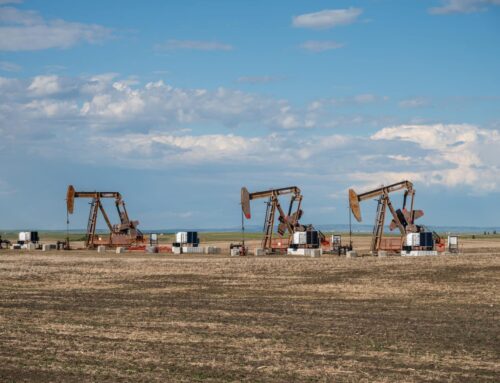
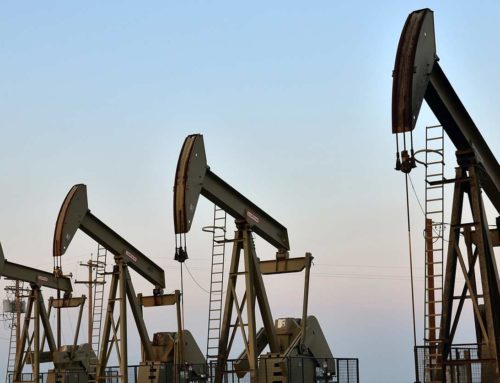
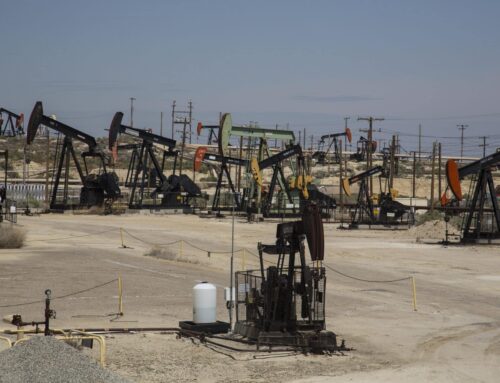
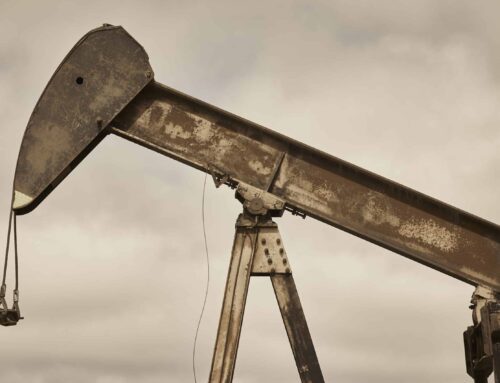
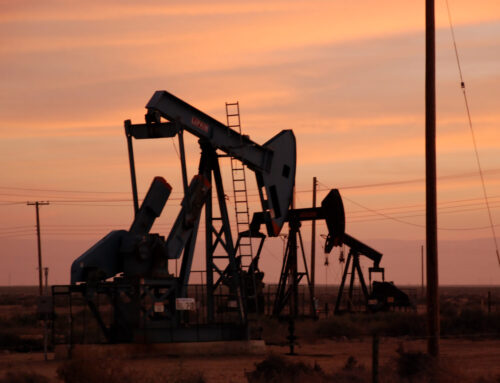
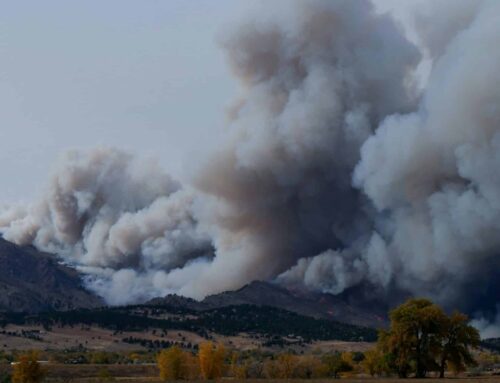





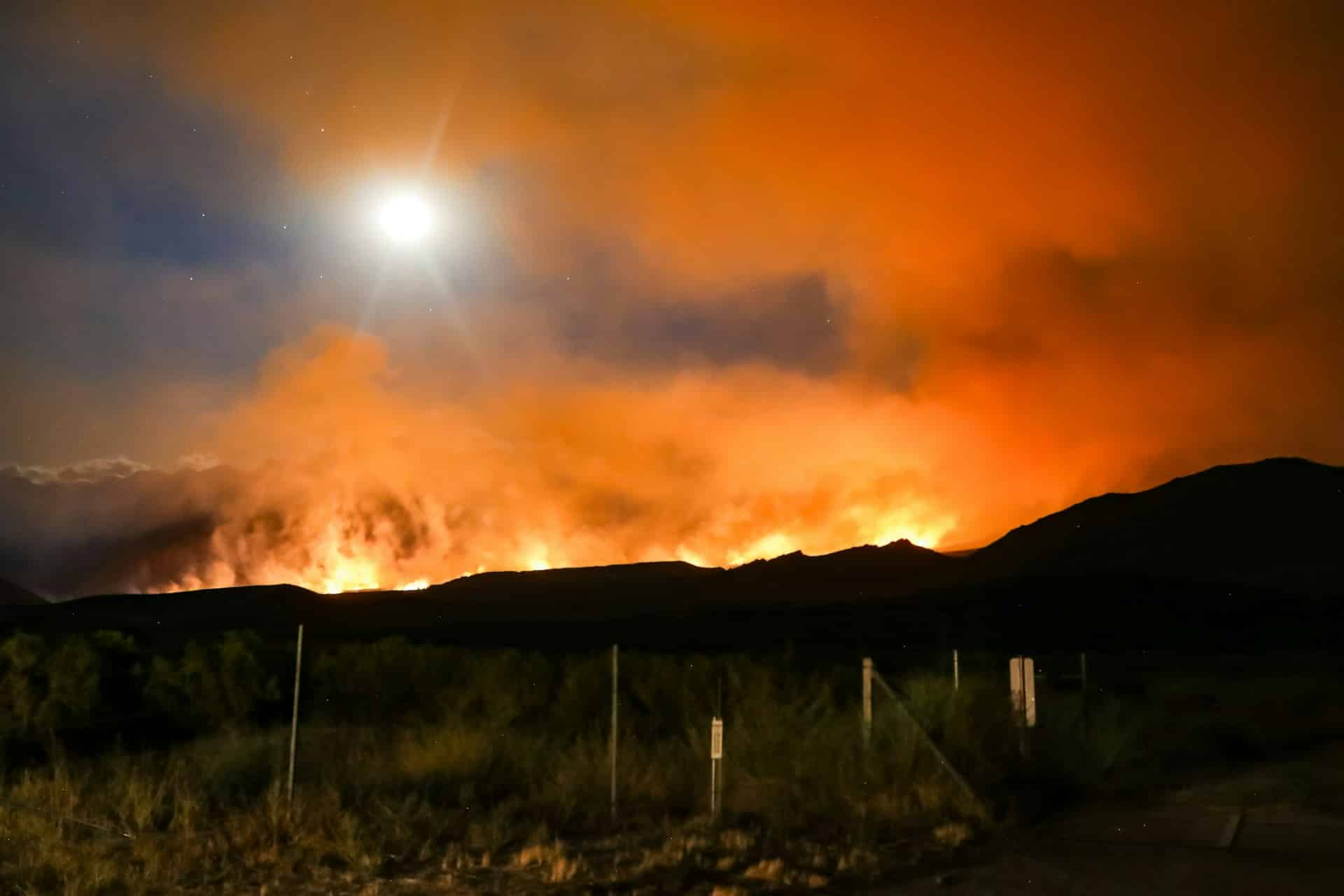
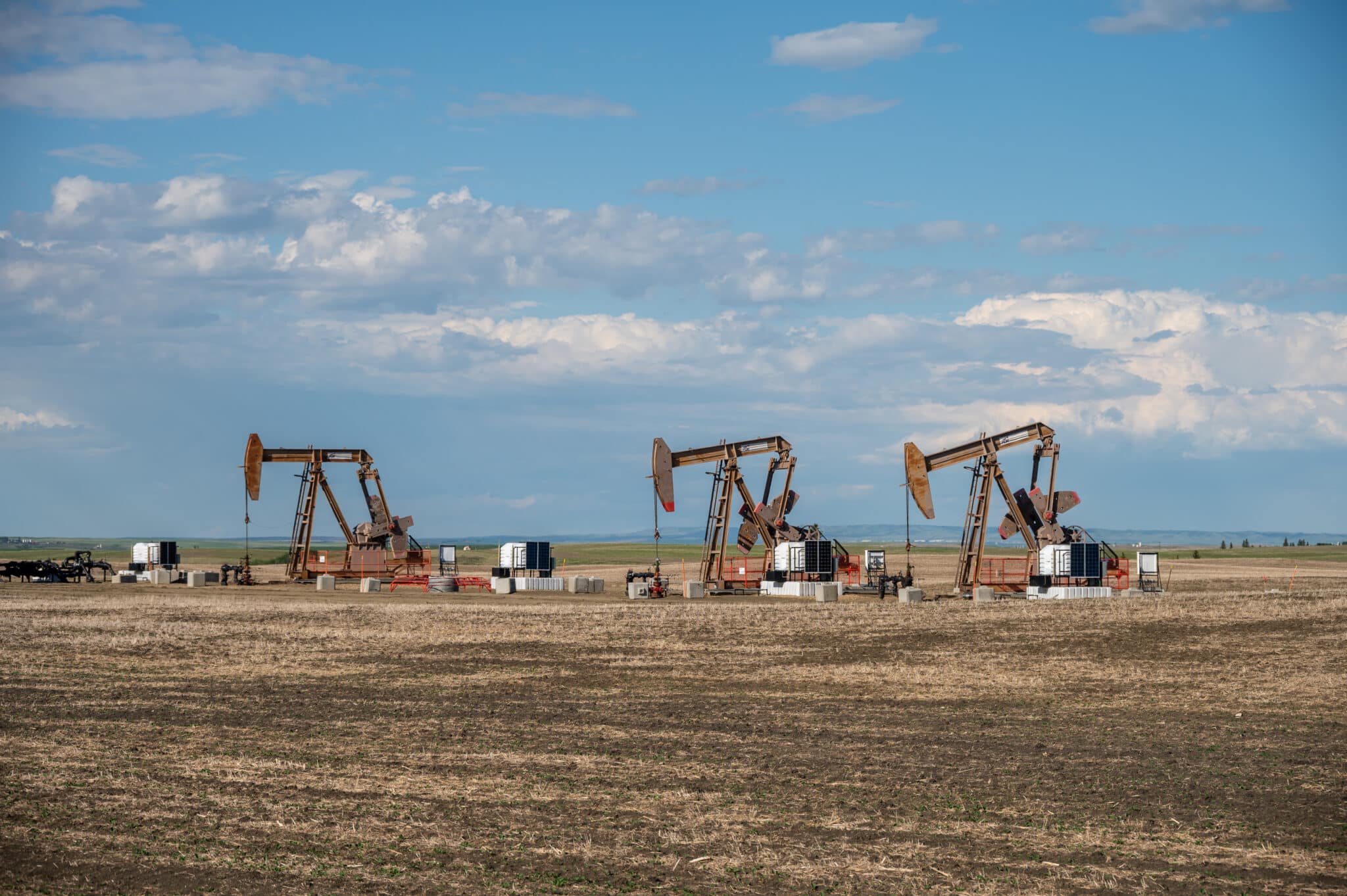
Get Social